




|

| The capital of the island of Rhodes - Rhodes Town |
 |
 |
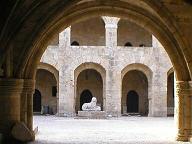 |
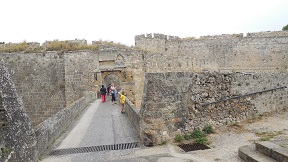 |
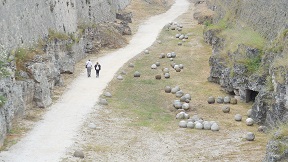 |
 |
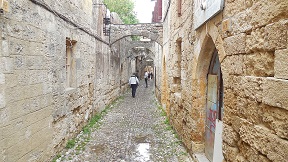 |
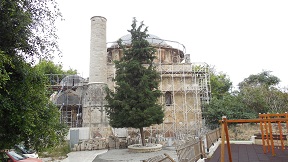 |
 |
 |
|
Within the walls of Rhodes Town lie the remains of the Temple of Aphrodite, which dates from the third century BC. There are also remains of the foundations of the old city wall. The old Acropolis lies on the west outside the city walls, where you can find an old stadium, a small theatre and the columns of the Temple of Apollo. In the Archaeological Museum, most of the finds are exhibited, including a head of the sun god Helios and the marble statue of a nude bathing Aphrodite from the first century BC. Rhodes has a unique and beautiful medieval centre that is completely walled, and that a number of entry points. It dates from the time of the knights of St John. Within the walls are the castle of the grandmaster, buildings with minarets from the time of Turkish occupation, a beautiful well with images of seahorses and the medieval road of the knights. The old city of Rhodes Town is the best preserved medieval fortification in Europe. At This time the location was a good bariŽre against the aspirations of the Turks to occupy the island of Rhodes. After several unsuccessful attacks the city managed to ultimately withstand a siege by 200,000 Turks that lasted 6 months. In the city of Rhodes town there were only 290 knights and 6000 Greek soldiers. The losses dis not lie: 50,000 Turks lost their life against only 2000 Greeks. When the Turks finally broke the outer walls the Greeks is negotiated themselves a way out with the promise that the city would stay intact. |
|
|
|
|
|
|
|
|
|
|
|
|
|
Within the walls the largest building is the Palace of the Grandmasters. Unfortunately, the building that you see now is not the original one. The original palace was transformed by the Turks into a prison in 1856 and has exploded. A spark lit several thousand tons of gunpowder of the knights of St John that had been left and forgotten, and this exploded. This was gunpowder in the cellars. The Cathedral of the knights of St Johnn was also destroyed by this explosion. In the thirties the palace was rebuilt and it was intended as a palace for Mussolini. Ipaton Street is the name of the nearby medieval street. The street is paved with cobbles and it has the hostels of the knights on either side. In Rhodes city lived knights of different nationalities and any "language" had its own inn. At the end of the street near the port, was the impressive hospital of the Knights. This hospital is now the Archaeological Museum. Nearby is a church with the Byzantine Museum. A little bit south of the museum is the Socrates Street with its many shops. At the end, the pink Cami Suleymaniye Mosque. |
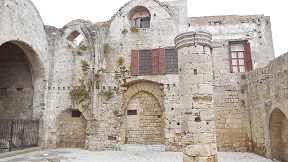 |
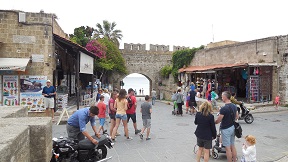 |
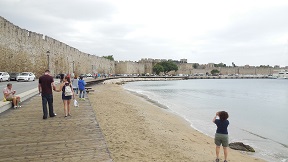 |
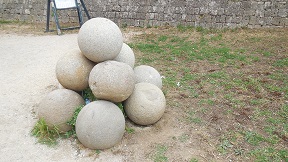 |
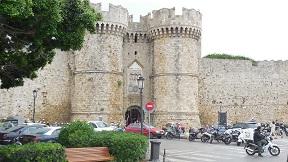 |
 |
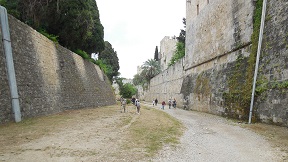 |
 |
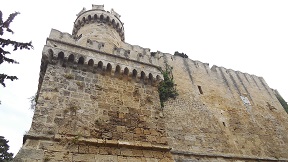 |
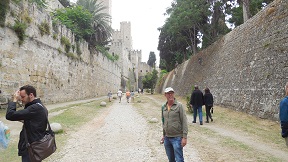 |
|
Another building from the medieval time lies outside the city walls in the Mandraki harbor (with its two bronze deer). It is the fortress of St. Nicolas. It is near the lighthouse and was intended to protect the port. Here are also the medieval windmills. The largest and least interesting part of Rhodes Town is the so-called "new town". During the Ottoman (Turkish) occupation the Greeks were prohibited to live within the walls. Much was built during the Italian occupation at the beginning of the 20 th century. The buildings were designed with a big emphasis to express that their Italian city of Rhodes Town was now the Dodecanese capital. Today the hotels and bars are dominant. For a more extensive and detailed map of Rhodes Town click here. |
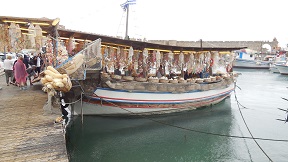 |
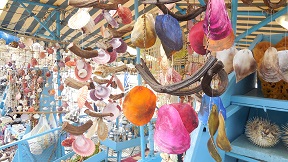 |
 |
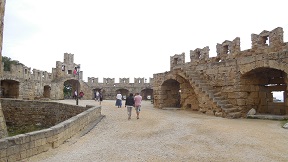 |
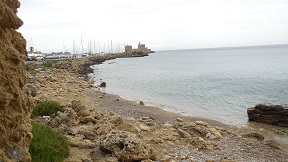 |
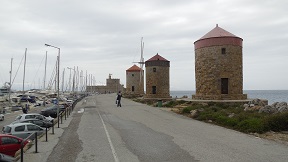 |
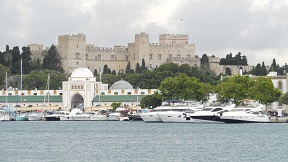 |
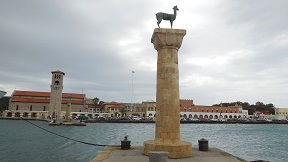 |
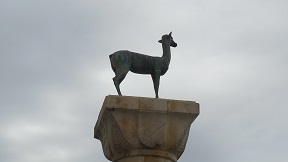 |
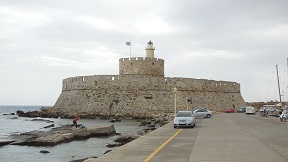 |
© Hans Huisman, https://www.angelfire.com/super2/greece/ 2016



